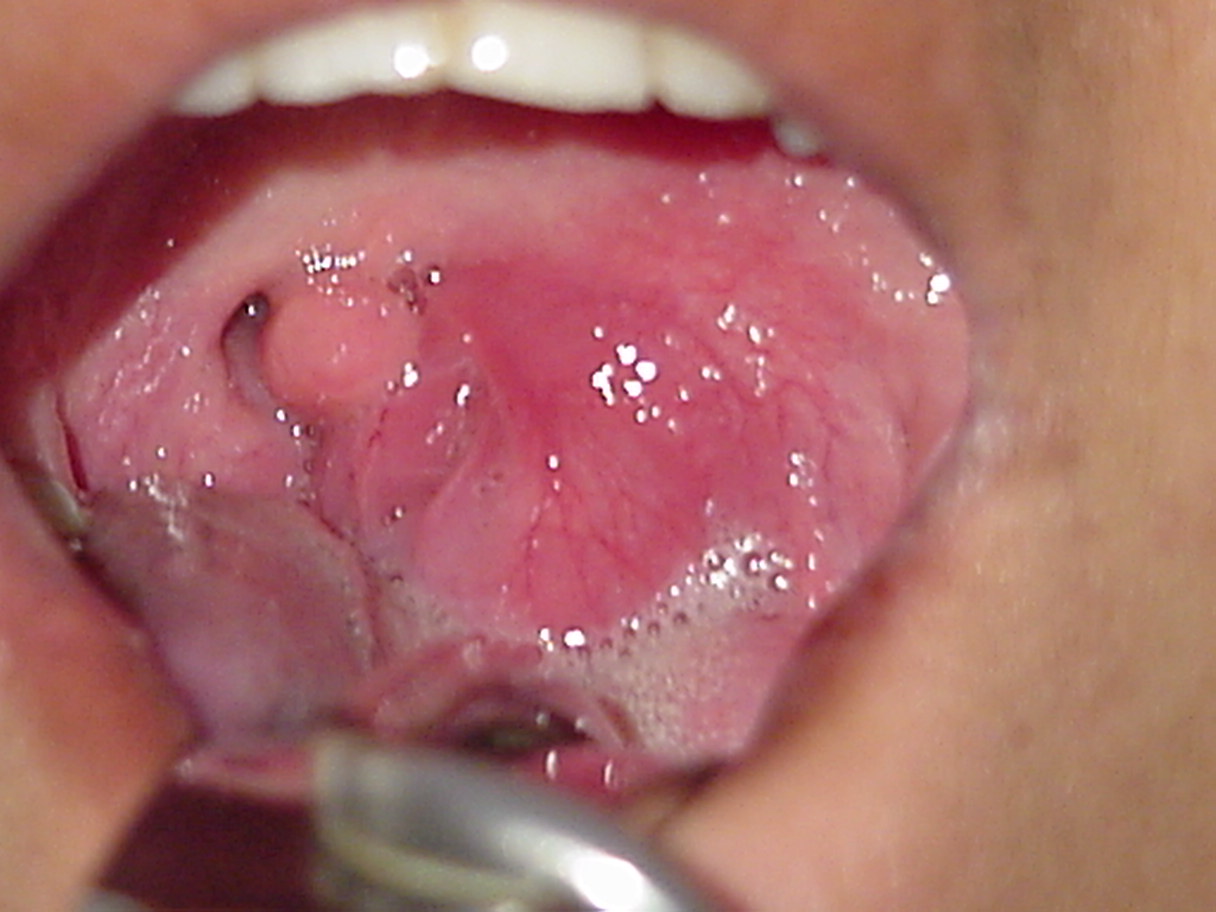Identification of Peritonsillar Abscesses (Quinsy)
Identification of Peritonsillar Abscesses (Quinsy)
Learn how to identify peritonsillar abscesses with our step-by-step guide. Find tips, tricks, and examples to help you identify peritonsillar abscesses like a pro. Check out our blog post now.
Peritonsillar Abscess (Quinsy) Basics
A peritonsillar abscess is a collection of pus that forms in the tissues around the tonsils. It typically occurs as a complication of acute tonsillitis, which is caused by a bacterial or viral infection. The abscess can develop in the deep neck space and may involve the parapharyngeal or retropharyngeal areas.
If left untreated, peritonsillar abscesses can lead to serious complications, such as airway obstruction, aspiration pneumonia, and sepsis. Therefore, early identification and treatment are crucial.
Steps to Identify Peritonsillar Abscesses (Quinsy)
The following are the steps to identify peritonsillar abscesses:
- Look for signs and symptoms of tonsillitis, such as sore throat, fever, difficulty swallowing, and swollen tonsils.
- Check for asymmetry in the tonsils. Peritonsillar abscesses often occur on one side of the throat, causing one tonsil to be significantly larger than the other.
- Look for redness and swelling in the soft palate and uvula. This can indicate the presence of an abscess.
- Check for trismus, which is difficulty opening the mouth. This is a common sign of peritonsillar abscesses.
- Listen for a “hot potato” voice, which is a muffled voice caused by very large tonsils or swelling in the pharynx.
- Examine the neck for swelling and tenderness. Peritonsillar abscesses can cause swelling and tenderness in the neck, especially on the affected side.
Expert Tips for Identifying Peritonsillar Abscesses (Quinsy)
Here are some expert tips for identifying peritonsillar abscesses:
- Use a tongue depressor and a flashlight to examine the throat thoroughly.
- Ask the patient to stick out their tongue and say “ahh” to get a better view of the soft palate and uvula.
- Use a cotton swab to gently touch the tonsils and see if there is any pain or tenderness.
- If you suspect complications of a peritonsillar abscess such as parapharyngeal abscess, consider ordering a CT scan.
When you look into the mouth, make sure to differentiate a peritonsillar abscess from a unilateral tonsillitis, or asymmetrical tonsillitis, or, indeed, a tonsillar tumour.
Conclusion
Peritonsillar abscesses are a serious complication of tonsillitis that require early identification and treatment. By following the steps and expert tips outlined in this guide, you can identify peritonsillar abscesses with confidence and ensure that your patients receive prompt medical attention.
Remember to look for signs and symptoms of tonsillitis, asymmetry in the tonsils, redness and swelling in the soft palate and uvula, trismus, “hot potato” voice, and swelling and tenderness in the neck. Use a tongue depressor and headlight to examine the throat thoroughly, ask the patient to stick out their tongue and say “ahh,” and use a cotton swab to gently touch the tonsils to assess for pain/tenderness and fluctuance.
Early diagnosis and treatment can prevent serious complications and improve outcomes for your patients.
For more information on ENT and otolaryngology, be sure to check out our related posts listed below.
Looking for more tips on ENT and Otolaryngology? Check out these related posts:


